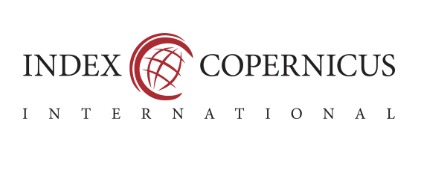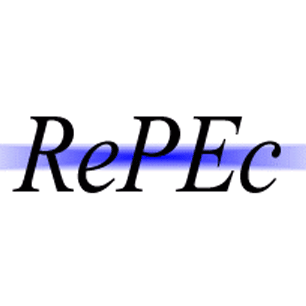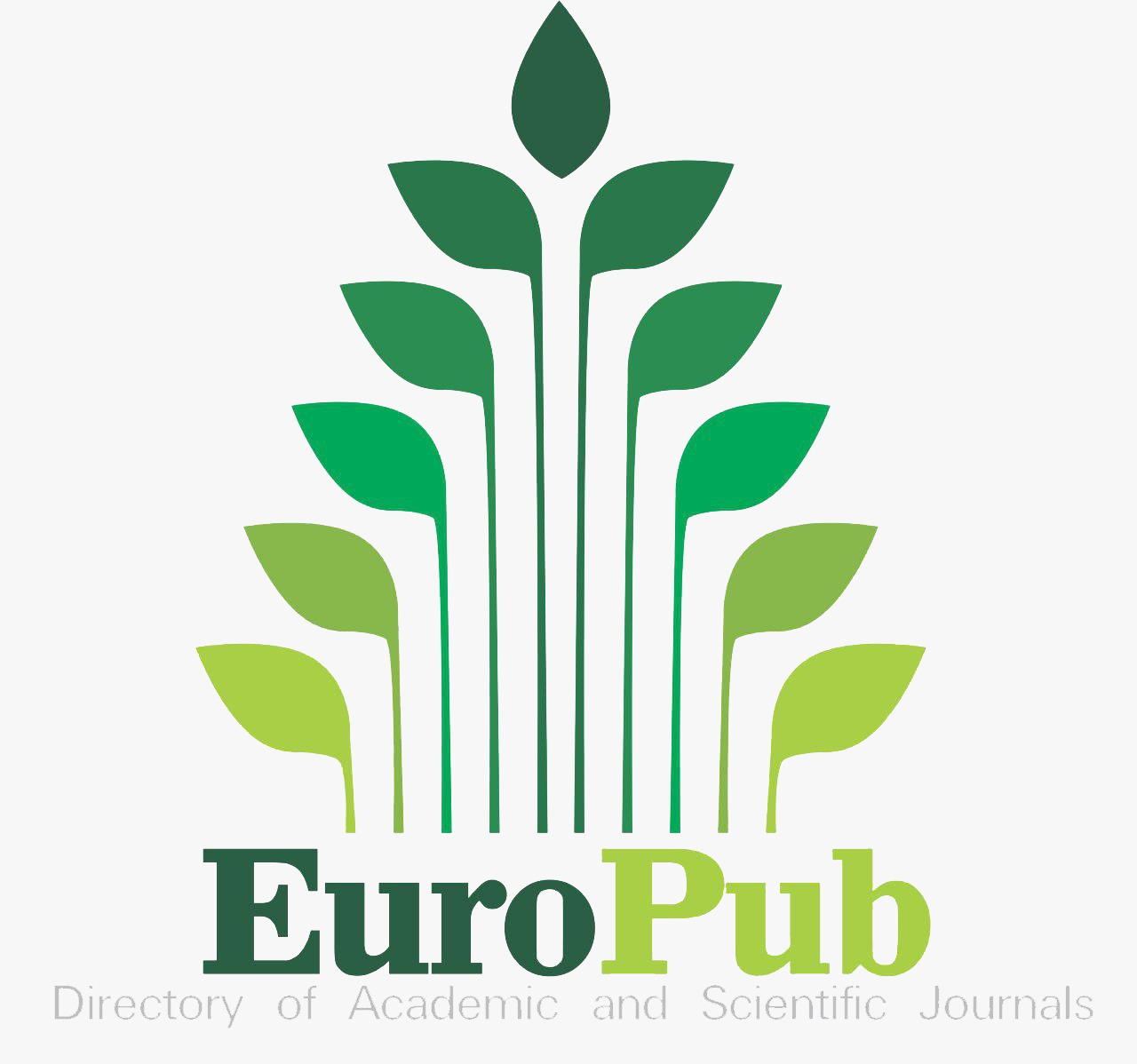Integrated Curriculum: Optimizing the Multiple Intelligences of Senior High School Students in Indonesia
Abstract
Aim: With the goal of maximizing students’ Multiple Intelligences (MI), this study describes curricular integration in the senior high school context and explores how it is applied as the main curriculum strategy in senior high schools.
Methodology: An international boarding school is the site of the study’s case study methodology. Direct observation, interviews, and documentation are all part of the data collection process. Reducing, organizing, and extrapolating conclusions from data is the process of data analysis.
Findings: According to the research findings, the "Holistic and Balanced Education" curriculum is made up of four condensed components that are used to carry out curriculum integration. In order to improve students’ learning competencies, an interdisciplinary curriculum and the Contextual Teaching and Learning (CTL) methodology are used in every learning activity. Character development entails establishing the key qualities of RECODING (Religious, Caring, Open-minded, Inspiring). Class programs that focus on specialization help students develop their skills. An assessment is then carried out for every curricular element that has been put into practice.
Implications/Novel Contribution: All of these elements are intended to optimize students’ MI and fulfill the curriculum’s objective of generating graduates who are ethically superior, motivating leaders, and internationally minded, which makes this subject intriguing. To improve the curriculum and provide evaluative metrics targeted at attaining interdisciplinary insights, we advise teachers to receive further training and direction.
References
Al-zoubı, S., & Al-adawı, F. A. (2019). Effects of instructional activities based on multiple intelligences theory on academic achievement of Omani students with dyscalculia. Journal for the Education of Gifted Young Scientists, 7(1), 1-14.
Ayçiçek, B. (2021). Integration of critical thinking into curriculum: Perspectives of prospective teachers. Thinking Skills and Creativity, 41, 100895.
Barnard, Y., Bradley, M. D., Hodgson, F., & Lloyd, A. D. (2013). Learning to use new technologies by older adults: Perceived difficulties, experimentation behaviour and usability. Computers in Human Behavior, 29(4), 1715-1724.
Biesta, G. (2009). Good education in an age of measurement: On the need to reconnect with the question of purpose in education. Educational Assessment, Evaluation and Accountability (formerly: Journal of Personnel Evaluation in Education), 21(1), 33-46.
Boon, M., Orozco, M., & Sivakumar, K. (2022). Epistemological and educational issues in teaching practiceoriented scientific research: roles for philosophers of science. European Journal for Philosophy of Science, 12(1), 16.
Brooks, R., Gupta, A., Jayadeva, S., & Abrahams, J. (2021). Students’ views about the purpose of higher education: A comparative analysis of six European countries. Higher Education Research & Development, 40(7), 1375-1388.
Budiman, A. (2017). Behaviorism and foreign language teaching methodology. ENGLISH FRANCA: Academic Journal of English Language and Education, 1(2 December), 101-114.
Burckhardt, P., Nugent, R., & Genovese, C. R. (2021). Teaching statistical concepts and modern data analysis with a computing-integrated learning environment. Journal of Statistics and Data Science Education, 29(sup1), S61-S73.
Chan, C. W. (2020). Moral education in Hong Kong kindergartens: An analysis of the preschool curriculum guides. Global Studies of Childhood, 10(2), 156-169.
Charsky, D., & Ressler, W. (2011). “Games are made for fun”: Lessons on the effects of concept maps in the classroom use of computer games. Computers & Education, 56(3), 604-615.
Chen, H.-R., Chiang, C.-H., & Lin, W.-S. (2013). Learning effects of interactive whiteboard pedagogy for students in Taiwan from the perspective of multiple intelligences. Journal of Educational Computing Research, 49(2), 173-187.
Chew, M. S. F., Shahrill, M., & Li, H.-C. (2019). The integration of a problem-solving framework for brunei high school mathematics curriculum in increasing student’s affective competency. Journal on Mathematics Education, 10(2), 215-228.
Cigdemoglu, C., & Köseoglu, F. (2019). Improving science teachers’ views about scientific inquiry: Reflections ˘ from a professional development program aiming to advance science centre-school curricula integration. Science & Education, 28(3), 439-469.
Creswell, J. W., & Tashakkori, A. (2007). Developing publishable mixed methods manuscripts. Journal of Mixed Methods Research, 1(2), 107-111.
Dong, J., & Huang, Z. (2020). Design of art interactive teaching system based on multiple intelligence theory. International Journal of Information and Communication Technology, 16(3), 191-202.
Gajek, E. (2017). Curriculum integration in distance learning at primary and secondary educational levels on the example of etwinning projects. Education Sciences, 8(1), 1.
Garcia-Huidobro, J. C. (2018). Addressing the crisis in curriculum studies: Curriculum integration that bridges issues of identity and knowledge. The Curriculum Journal, 29(1), 25-42.
GATPANDAN, P. H., ROSAS, M. F., & Dasig Jr, D. (2017). Microsoft office specialist and microsoft technology associate certification: An integrated curriculum for technical skills validation. Journal of Advanced Research in Social Sciences and Humanities, 2(5), 277-283.
Giddens, A. (2023). Modernity and self-identity. In Social theory re-wired. Routledge.
Glänzel, W., & Debackere, K. (2022). Various aspects of interdisciplinarity in research and how to quantify and measure those. Scientometrics, 127(9), 5551-5569.
Haerazi, H., Prayati, Z., & Vikasari, R. M. (2019). Practicing contextual teaching and learning (ctl) approach to improve students’reading comprehension in relation to motivation. English Review: Journal of English Education, 8(1), 139-146.
Hoang, A.-D., Pham, H.-H., Nguyen, Y.-C., Nguyen, L.-K.-N., Vuong, Q.-H., Dam, M. Q., . . . Nguyen, T.-T. (2020). Introducing a tool to gauge curriculum quality under Sustainable Development Goal 4: The case of primary schools in Vietnam. International Review of Education, 66(4), 457-485.
Hwang, G.-J., Xie, H., Wah, B. W., & Gaševic, D. (2020). Vision, challenges, roles and research issues of artificial ´ intelligence in education. Computers and Education: Artificial Intelligence, 1, 100001.
Hyun, C. C., Wijayanti, L. M., Asbari, M., Purwanto, A., Santoso, P. B., Igak, W., . . . Pramono, R. (2020). Implementation of Contextual Teaching and Learning (CTL) to improve the concept and practice of love for faith-learning integration. International Journal of Control and Automation, 13(1), 365-383.
Johar, R., Ikhsan, M., Zaura, B., et al. (2018). The development of learning materials using contextual teaching learning (ctl) approach oriented on the character education. In Journal of physics: Conference series.
Karaduman, G. B., & Cihan, H. (2018). The effect of multiple intelligence theory on students’ academic success in the subject of geometric shapes in elementary school. International Journal of Higher Education, 7(2), 227-233.
Kneen, J., Breeze, T., Davies-Barnes, S., John, V., & Thayer, E. (2020). Curriculum integration: The challenges for primary and secondary schools in developing a new curriculum in the expressive arts. The Curriculum Journal, 31(2), 258-275.
Leifler, O., & Dahlin, J.-E. (2020). Curriculum integration of sustainability in engineering education–a national study of programme director perspectives. International Journal of Sustainability in Higher Education, 21(5), 877-894.
Liu, J., Watabe, Y., & Goto, T. (2022). Integrating sustainability themes for enhancing interdisciplinarity: A case study of a comprehensive research university in Japan. Asia Pacific Education Review, 23(4), 695-710.
Lou, N. M., & Noels, K. A. (2019). Promoting growth in foreign and second language education: A research agenda for mindsets in language learning and teaching. System, 86, 102126.
Maharani, R., Marsigit, M., & Wijaya, A. (2020). Collaborative learning with scientific approach and multiple intelligence: Its impact toward math learning achievement. The Journal of Educational Research, 113(4), 303-316.
McPhail, G. (2018). Curriculum integration in the senior secondary school: A case study in a national assessment context. Journal of Curriculum Studies, 50(1), 56-76.
Mockler, N. (2018). Curriculum integration in the twenty-first century: Some reflections in the light of the Australian curriculum. Curriculum Perspectives, 38, 129-136.
Moeljatno, S. (2021). Kuhp (kitab undang-undang hukum pidana). Bumi Aksara.
Morton, T. (2023). Afterword: Sfl, theoretical pluralism and content and language integration at the levels of curriculum, pedagogy and assessment. International Journal of Bilingual Education and Bilingualism, 26(3), 363-368.
Nilson, L. B. (2016). Teaching at its best: A research-based resource for college instructors. John Wiley & Sons.
Ollila, J., & Macy, M. (2019). Social studies curriculum integration in elementary classrooms: A case study on a Pennsylvania Rural School. The Journal of Social Studies Research, 43(1), 33-45.
Pardede, P. (2020). Integrating the 4Cs into EFL integrated skills learning. Journal of English Teaching, 6(1), 71-85.
Perveen, A. (2018). Facilitating multiple intelligences through multimodal learning analytics. Turkish Online Journal of Distance Education, 19(1), 18-30.
Pluim, G., Nazir, J., & Wallace, J. (2020). Curriculum integration and the semicentennial of Basil Bernstein’s classification and framing of educational knowledge. Canadian Journal of Science, Mathematics and Technology Education, 20, 715-735.
Rauber, J., Zimmermann, R., Bethge, M., & Brendel, W. (2020). Foolbox native: Fast adversarial attacks to benchmark the robustness of machine learning models in pytorch, tensorflow, and jax. Journal of Open Source Software, 5(53), 2607.
Roehrig, G. H., Dare, E. A., Ring-Whalen, E., & Wieselmann, J. R. (2021). Understanding coherence and integration in integrated STEM curriculum. International Journal of STEM Education, 8, 1-21.
Seawright, J., & Gerring, J. (2008). Case selection techniques in case study research: A menu of qualitative and quantitative options. Political Research Quarterly, 61(2), 294-308.
Su, C.-H., & Cheng, C.-H. (2015). A mobile gamification learning system for improving the learning motivation and achievements. Journal of Computer Assisted Learning, 31(3), 268-286.
Tabrizi, S., & Kabirnejat, M. (2017). Smart school: A comparative research between two Islamic countries, Malaysia and Iran. Journal of Advances in Humanities and Social Sciences, 3(1), 58-68.
VanTassel-Baska, J., & Wood, S. M. (2023). The integrated curriculum model. In Systems and models for developing programs for the gifted and talented. Routledge.
Winarno, N., Rusdiana, D., Susilowati, E., Afifah, R. M. A., et al. (2020). Implementation of integrated science curriculum: A critical review of the literature. Journal for the Education of Gifted Young Scientists, 8(2), 795-817.
Winarti, A., Ichsan, A., Listyarini, L., & Hijriyanti, M. (2019). The effectiveness of collaborative strategy based on multiple intelligences in chemistry learning to improve students’ problem-solving skill and multiple intelligences. In Journal of physics: Conference series.
Xie, K., Vongkulluksn, V. W., Justice, L. M., & Logan, J. A. (2019). Technology acceptance in context: Preschool teachers’ integration of a technology-based early language and literacy curriculum. Journal of Early Childhood Teacher Education, 40(3), 275-295.
Yaumi, M., Sirate, S. F. S., & Patak, A. A. (2018). Investigating multiple intelligence-based instructions approach on performance improvement of indonesian elementary madrasah teachers. Sage Open, 8(4), 2158244018809216.
Yin, R. K. (2009). How to do better case studies.
You, H. S., Chacko, S. M., & Kapila, V. (2021). Examining the effectiveness of a professional development program: Integration of educational robotics into science and mathematics curricula. Journal of Science Education and Technology, 30(4), 567-581.

This work is licensed under a Creative Commons Attribution-NonCommercial 4.0 International License.



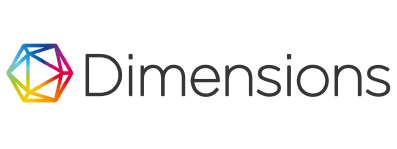


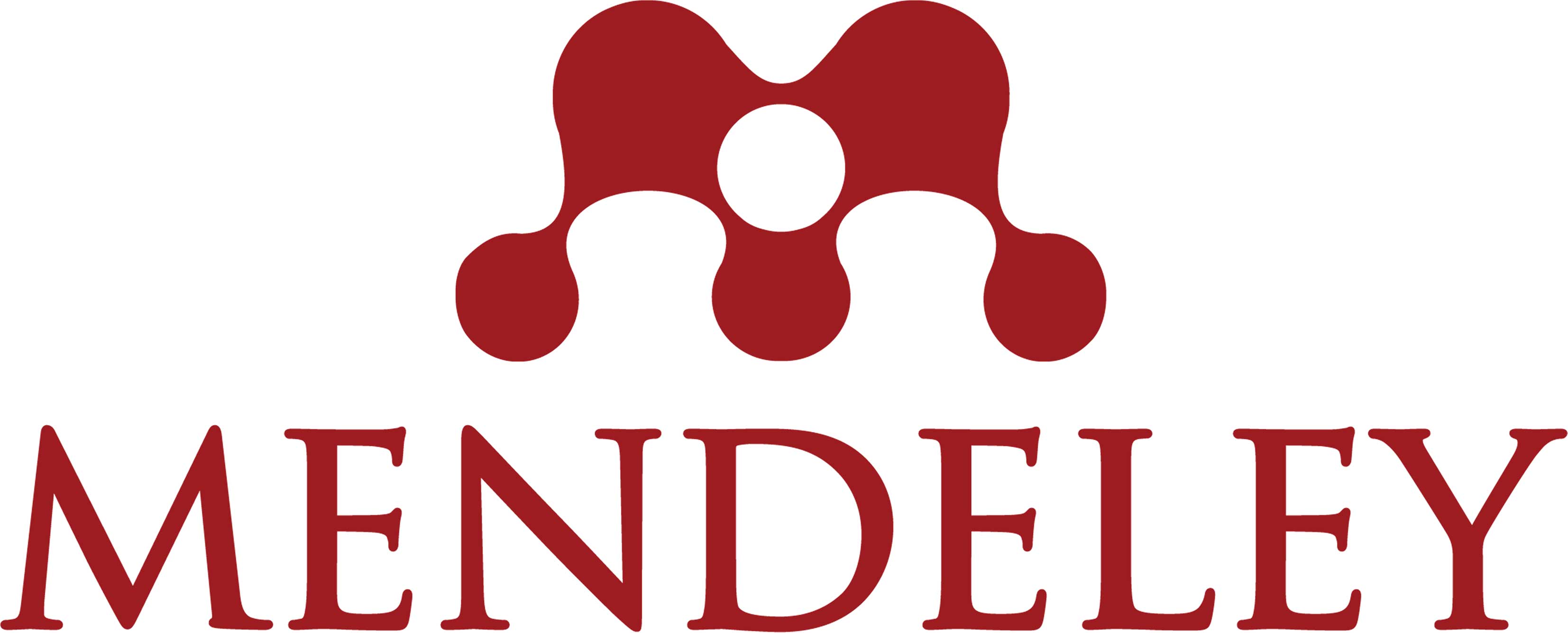



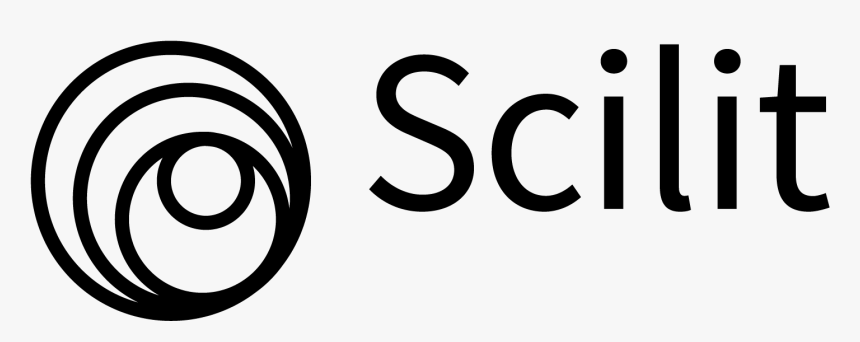

.png)
